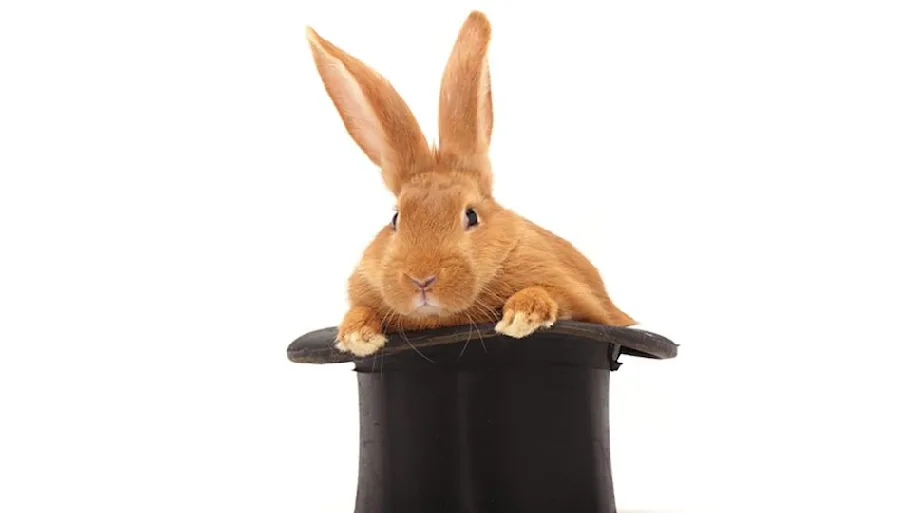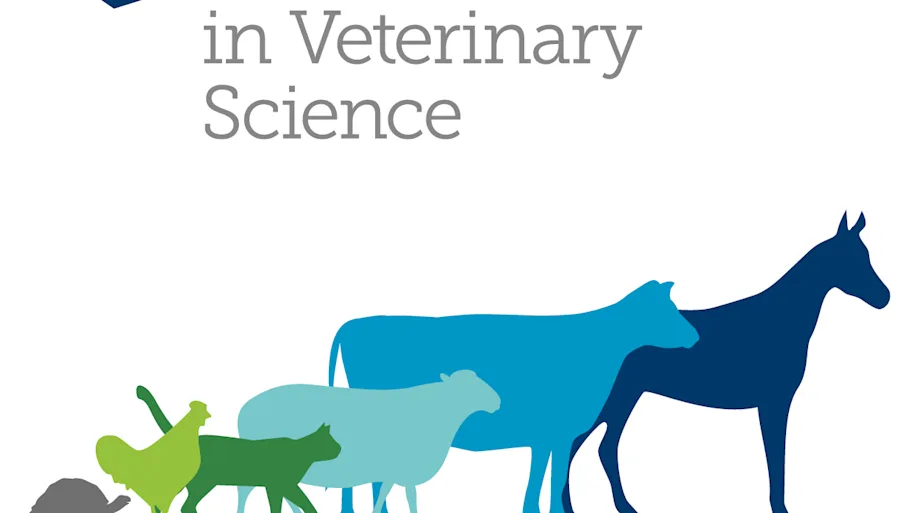
- Science news
- Health
- VIDEO: Leading change in how research is done and published in veterinary sciences
VIDEO: Leading change in how research is done and published in veterinary sciences
Frontiers Science Hero: Mary Christopher from Frontiers on Vimeo.
Throughout her career, Prof Mary Christopher has witnessed different research cultures in time and space, and has had an impact in the field that she finds fascinating. As a Professor of Clinical Pathology at the University of California-Davis School of Veterinary Medicine and with over 100 publications to her name, Christopher is a dedicated researcher of what goes wrong in animal bodies. She is also the Field Chief Editor of Frontiers in Veterinary Sciences.
Specializing in pathology
When you think of veterinary sciences, pathology might not be the first thing that comes to mind, but many of the reasons why you take your dog or cat to the vet is related to pathology, the study of disease. Just like in humans, pathologists can use their skills to help diagnose diabetes or analyse tumour cells to diagnose cancer.
Animal pathology includes all animals including livestock and animals that are important to us for food or production.
“What fascinates me is that animal life is incredibly diverse,” Christopher said. “What you learn when you are a veterinarian is that there’s not just one right way for the body to work and for the different parts to go together. Reptiles have completely different structures and cells, different diseases, different ways of going about their life as do birds, as do mammals, as do fish. I think the appreciation of those differences is really valuable for imagining new and exciting things.”
With such a varied field of research and so many possible things that can go wrong in just one type of animal, it seems there are countless possibilities for diseases to wreak havoc on the animals that make up our environment. However Christopher pointed out that fewer new diseases have come along compared to the number of new treatments. There are, of course, constantly new developments that have to be taken into account as a lot of these new diseases are viral or other infectious diseases. This is a particularly pertinent research topic as it has the capability of directly affecting humans. “It is possible for people to share disease with animals,” she said. “But more often we think about animals transmitting diseases to people”.
Veterinary science around the world
Having worked in just about every continent on the planet, Christopher has a good idea of the global future challenges and trends in veterinary sciences. She has received multiple travel awards including a US Fulbright Scholar Award to Egypt. Her work there was briefly interrupted by the 2011 revolution, but she reported her experience in a photo documentary providing insight into a turbulent time.
From Zimbabwe to Jordan to Thailand, experiencing veterinary science has given her a unique perspective on the differences and similarities of research in veterinary sciences in various countries. “Some of the things that have been most rewarding and outstanding in my career in terms of projects or people, have been some of the international organizations that exist in my specialty that allow me to travel to many parts of the world,” Christopher said.
Christopher says traveling as a researcher is a phenomenal experience: “It allows you to see your own discipline through the lens of another country, where the diseases are different, the priorities are different, the infrastructure is different, the organization of the science is different.”
But it is important to not just think about what you can bring to these countries, but about what you can learn from the researchers there. “It gives you a wonderful appreciation for what we share in seeking to be good veterinarians and improve animal health. I have worked with people in many parts of the world and with their animals. It works both ways as there are certainly things we all have to teach each other,” Christopher explained.
In 2013, she co-authored a paper analysing the demographic changes affecting veterinary medicine world-wide, looking for patterns linking the publication history of regions with the capacity and specialization of research in each area.
Top challenges pathologists face in the field
When asked for the top three challenges facing her field, Christopher quickly named cancer as the biggest threat on the horizon. “Animals get a variety of cancers, just as people do and many of them are similar. We are fortunate in animals to be able to apply really modern techniques of treatment in order to help cure those cancers. Animals are an important model in that sense for human disease. I see that being a very key area of focus that now includes a lot of scientists working together to look not only at a cancer that affects a dog for example, but looks at its parallel cancer in people and tries to apply and learn from each other,” she said.
The next challenge named by Prof Christopher also has a parallel problem in human health. “The overuse or misuse of antibiotics can create a lot of problems and [lead to] resistance to the organisms that cause infection.” This is a big problem in humans and the basis of the latest Longitude Prize (https://longitudeprize.org/challenge/antibiotics). The threat of antibiotic resistance is also equally present in animals, especially in production animals. “This both deserves and warrants a lot of attention in the future of research” she said.
Finally, and perhaps more surprisingly for non-experts, the third area of importance for veterinary sciences is the social relationship of animals with humans. This includes not only the companionship felt between people and their pets, but the link to health care. “Working with animals, we understand the bond that develops between animals and people better. I think that the area of human animal interactions will be a key focus in the future,” Christopher said.
The future of veterinary science
With the study of infectious diseases in animals and the social relationship between humans and animals gaining more interest, Christopher predicts and encourages that animal medicine and human medicine will become more interconnected. What veterinary science brings to the table is new approaches. “I think especially in comparison with human medicine it gives us a unique scientific perspective in understanding how things work biologically,” she said.
For this reason, Mary has been promoting “One Health”, where medical researchers from varied fields, from physicians to dentists to veterinarians, collaborate to fight diseases world-wide. “Looking to the future I think that people will begin to see health care more broadly, embracing animals, humans and environmental sciences under a larger umbrella,” says Christopher. In a recent publication, she outlines how a “one literature” approach to publishing is a key approach to establishing “one health” (http://stm.sciencemag.org/content/7/303/303fs36). As Field Chief Editor of Frontiers in Veterinary science she has the opportunity to encourage this cross-disciplinary trend in publishing.
Veterinary sciences could be at the forefront of this change to how research is done and published. “We are all very interconnected,” says Christopher. “As I mentioned earlier, diseases affecting animals can affect humans and the environment; toxins or diseases that are passed through the environment can affect both animals and people. The trend in our field is looking at team based health sciences which include veterinarians, physicians, environmentalists, and scientists that are all working together to bring their expertise to solving important problems.“
Educating the next generation
Christopher takes her role as an educator of future generations seriously, as shown by her multiple teaching awards such as the ASVCP Education Award. Acting as the field chief editor of Frontiers in Veterinary Sciences, a veterinary sciences journal, also allows her to make use of her experience by directing the future of research in her field. “Being an editor in my view is a very much a culmination of being a scientist from the perspective that I feel very much that I can contribute to the scientific literature and the quality of that literature,” Christopher said. “So in a way an editor magnifies very much the work of an individual scientist.”
You can follow the work of Mary Christopher on her Loop profile and stay updated to research in the field by checking her journal, Frontiers in Veterinary Sciences.






